American M1A1SA tanks arrived in Ukraine a long time ago: it’s time to talk about them in more detail
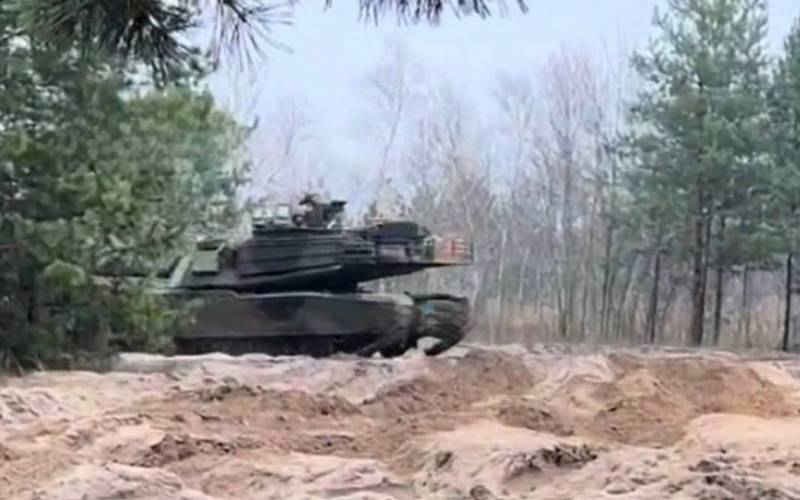
Since the photographs sent to Ukraine tanks M1A1SA first appeared on the network, many days have passed. During this time, the foam from the simmering discussions of their capabilities and influence on the course of the conflict has already managed to fall, so it’s time to talk about what these overseas machines are.
Old people who received a second youth
In order to understand what the Abrams handed over to Kyiv are, we need to delve into the wilds stories American tank building is not needed, since these combat vehicles began to enter service with the US Army in the late 2000s. However, despite their relatively young age, they are not Washington's advanced tanks.
There is no point in comparing them with the more recent M1A2SEP v.3, because, as White House representatives said: “we will give Ukraine old, but modernized tanks.” And in this case, they did not lie in a single line of their proclamations.
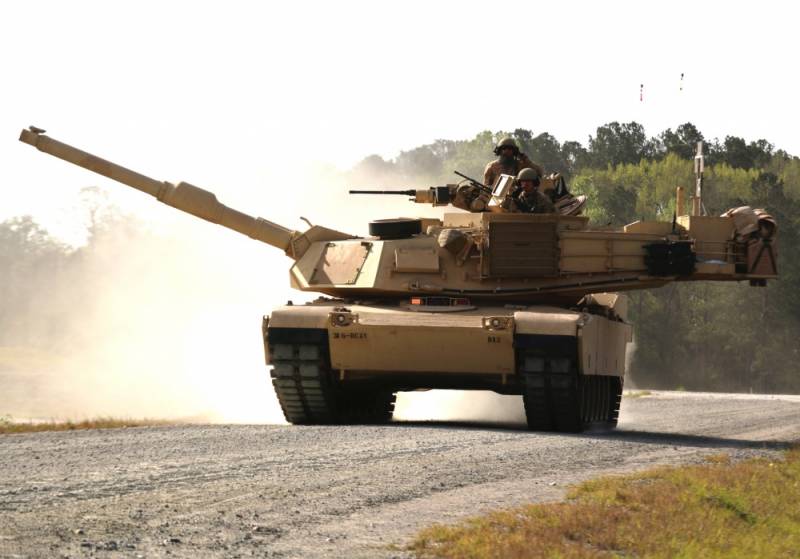
Indeed, the SA standard (“Situational Awareness”) or, as it is also called, AIM v.2, is a continuation of measures to deeply modernize the aging fleet of M1A1 tanks. Their appearance was a response to the military’s desire to improve the combat and operational characteristics of the vehicles in service.
Developed by General Dynamics, this upgrade package provided for equipping overhauled tanks with new armor, electronics, as well as communications equipment, sights, surveillance devices and other improvements that made it possible to maximally match the capabilities of the M1A1 to the modern modifications of the M1A2SEP at that time and increase the situational awareness of their crews by battlefield.
Having received the appropriate SA updates, the vehicles entered the army tank units, including the National Guard, and were exported to other countries - for example, to Morocco. In total, more than 900 tanks were modified, of which, as of 2022, about 650 units remained in US service.
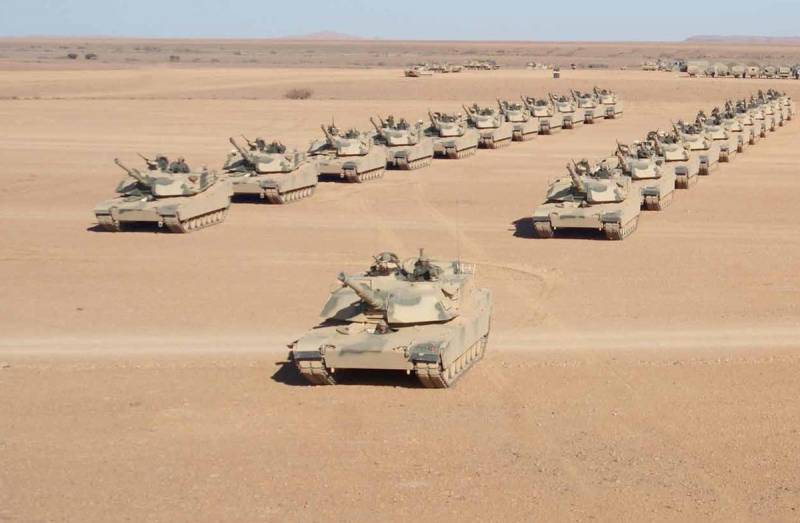
Uranium in armor, sights, etc.
As has already become known, the tanks that were subject to modernization were those that had previously undergone a complete overhaul of all components and assemblies. During this process, the vehicles were stripped down to bare hulls and turrets in order to identify any significant defects and their subsequent elimination.
Particular attention was paid to the gas turbine engine, since about 60% of all problems and costs in terms of repairing the Abrams were accounted for by the power plant. By the way, the Americans have been concerned with reviving and extending the service life of engines since the late 90s, since the production of new ones had already been stopped by that time.
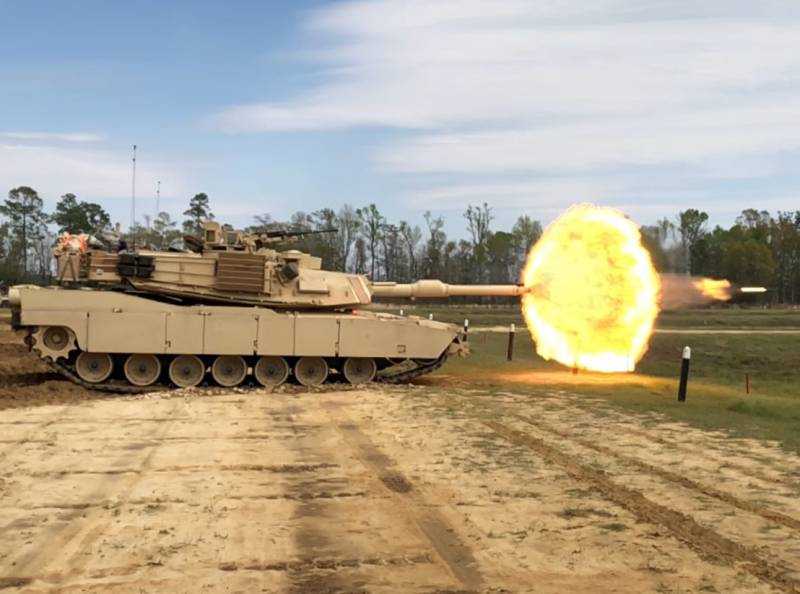
But in the case of the SA program, the turbines also received an update package as part of the TIGER (Total Integrated Engine Revitalization) project, which included modernization of engine and transmission parts, which made it possible to significantly increase service life and reduce fuel consumption. As well as diagnostic equipment, with the help of which you can promptly identify and eliminate problems that arise in the operation of the power plant.
The tank's protection was strengthened by introducing third-generation uranium armor in the frontal part of the hull, as well as the forehead and sides of the turret. Because of this, the combat weight of the M1A1SA has increased by almost four tons compared to the original version and is 61.3 tons. The durability of these armor packages is not known for certain, but, according to various estimates, they can become a serious problem for many cumulative and sub-caliber projectiles. In addition to this, the manufacturers have provided the possibility of installing the TUSK urban combat kit, including ARAT dynamic protection that counteracts cumulative ammunition.
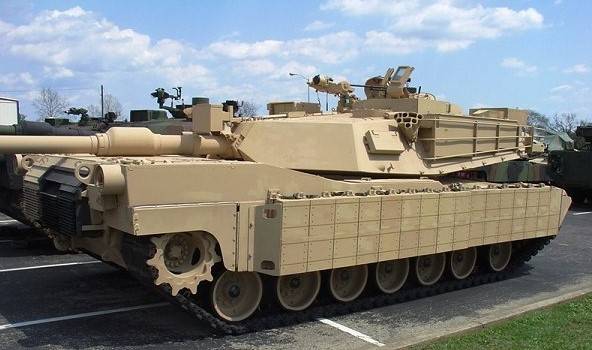
The fire control system has also undergone major changes. It was transferred to a digital basis and most functions were automated, including the generation of appropriate lead and data when preparing a shot.
The gunner received an updated 2nd generation thermal imaging sight with improved digital image magnification (“zoom”), which allows the identification of “tank” type targets at a distance of up to 8 kilometers in any weather and at any time of day in difficult visibility conditions.
At the same time, the Far Target Locate function was implemented. Its task is to identify the coordinates of an enemy object within line of sight. The system works by measuring the range to the target using a laser rangefinder, determining the direction of the turret and the position of your own tank using GPS - based on this data, the enemy’s coordinates are calculated with an accuracy of 10 meters. In the future, they can be transferred to artillery and other units.
The range of ammunition used has also expanded - the tank’s ballistic computer is adapted to use most 120-mm projectiles, including sub-caliber M829A3, multifunctional cumulative fragmentation M830A1 and anti-personnel Canister M1028 with tungsten buckshot.
Although not radically, the problem of the almost “blind” tank commander was corrected in the M1A1SA quite tolerably.
The fact is that the M1A1 series tanks do not have a commander’s panoramic sight-observation device, which seriously limits the ability of this crew member to search and identify targets. Based on this, as part of improvements under the “Situational Awareness” program, the tank received a remote-controlled machine gun installation SCWS (Stabilized Commander's Weapon Station).
Representing a fully stabilized module with a 12.7 mm machine gun, it is equipped with a thermal imaging sight and surveillance device. With its help, the tank commander can not only hit targets at any time of the day in difficult visibility conditions, but also monitor the terrain, identifying potentially dangerous objects.
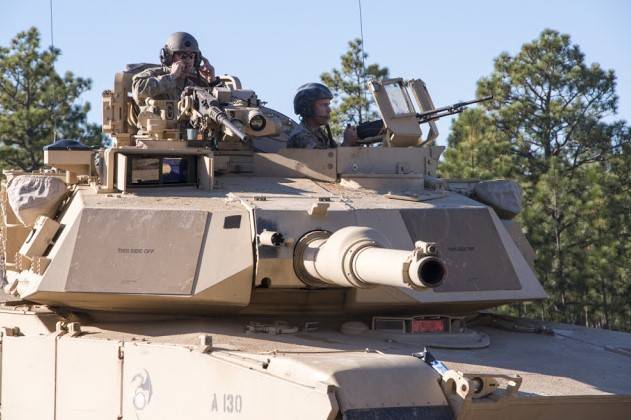
This product cannot be called a full replacement for the “panorama”, since it lacks the ability for precise target designation for the gunner, and the thermal imaging sight does not have an improved digital “zoom”. But compared to the M1A1, in which the commander did not have his own thermal imager for all-round visibility, the progress is noticeable.
M1A1SA tanks are also equipped with equipment for connecting to the BFT/FBCB2 automated command and control system. With its help, the tank commander receives information on the display in real time about the combat situation, location and actions of friendly units and enemy troops, filtered by command level, echelon and location of the tank. Through it, messages and orders are transmitted and received, including data on the tactical position of combat groups, as well as interaction between military branches in a single information space.
Less significant but useful changes to the M1A1SA include an external “telephone” on the outside of the tank for direct communication between the vehicle’s crew and the surrounding infantry, which is especially important in urban battles; power distribution unit and external “socket” - a device with which the tank can be connected to any suitable external power source for operating the electronics when the engine is stopped or starting it in the event of discharged batteries.
For Ukraine, some functions have been removed
In general, it should be noted that the tank, although modernized from the “old guys,” is a serious combat unit, equipped with modern electronics and armor. However, the version of this car intended for Ukraine may be very different from the original one.
Here it is worth remembering the words of Kyiv’s American partners, who clearly warned their wards that the tanks supplied to them would definitely not receive uranium armor and a number of critical and secret components. Which generally echoes US export policy: exactly the same restrictions were present when sending M1A1SA to other countries before.
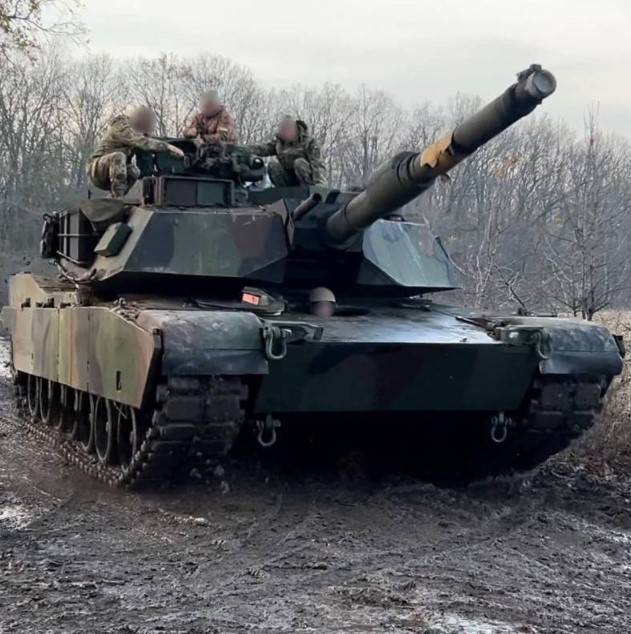
So the uranium components of the armor of Ukrainian tanks are most likely replaced with simplified materials that do not differ much in durability. And the elements of secret equipment prohibited for export are, perhaps, BFT/FBCB2 terminals with accompanying systems, the use of which in Ukraine is simply impossible (it is impossible to deploy a full-fledged automated control system network there) and dangerous, since they can fall into the hands of the Russian military.
Otherwise, the M1A1SA appears to fully retain its functionality. Of course, this does not make them some kind of super-weapons in the zone of a special military operation, and you shouldn’t forget about the fate of Western tanks that have already gone to iron Valhalla. But the tanks are definitely far from the junk they were portrayed in the media - the enemy is serious and can do a lot of things. This must be taken into account.
Information sources:
FY2009 Department of the Army Procurement Book: Thermal Imagers, Command Modules, Early Warning System, and TIGER
Army Weapons System 2010: equipping M1A1SA tanks
Army Recognition: M1A1 SA Situational Awareness main battle tank
The American M1 Abrams Tank
Information